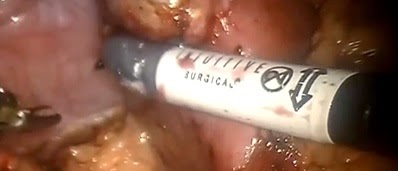There are two major unsolved robberies in Boston. The one that has received the most press attention is the 1990 theft of thirteen masterpieces, including this piece by Rembrandt, from the Isabella Stewart Gardner Museum. That theft remains unsolved to this day, notwithstanding thousands of hours of detective work.
Wikipedia makes an error in
its summary of the case: "Altogether, the stolen pieces are estimated to be a loss of $500
million, making the robbery the largest private property theft ever."
No, a much larger robbery began just a few years later, when the Partners Healthcare System was established. The business concept was elegant: Establish a network, bookended by the two largest Harvard teaching hospitals and comprising a number of important community hospitals and thousands of primary care doctors and specialists. Too big to be left out of any insurer's network, it was able to use its leverage to demand
payment rates far in excess of those received by any of the other hospitals and physicians in the region.
My conservative estimate of the excess revenues annually received by this system is $200 million. (I'm pleased to be corrected on this.) In just 2.5 years, PHS extracted more value from the Massachusetts economy than the value of the Gardner's paintings. Now, celebrating its 20th year, the total is in the billions. The difference, though, is that this heist has been in the form of cash paid by the businesses, governments, and individuals in the region. Why has nobody noticed?
More specifically, the major media in the state and the Attorney General, who supervises the so-called "public charity" represented by PHS, have failed to apply their analystic skills to ask the question: If, as everyone knows, PHS collects excessive amounts of revenue, how can it be that its reported results are in the range of others who do not?
Let me provide the quick and dirty answer: The true mastermind of this monetary transfer is the person who has been able to hide these funds. The corporation's CFO has been the artist who has painted the picture year after year that the overall margin earned by PHS is within the range of other healthcare systems.
How? There are several ways to increase the expense lines in an income statement. Let me mention just two.
The first is to bury the money, literally. Build new buildings that have little inherent value to society, excessive architectural features, low occupancy, and that have expected rates of return that are so low (or negative) that they would be derided in other industries. Why have no reporters questioned the business case for these structures? Each year, the operating costs of these buildings and depreciation
offset the revenue line of the corporation, lowering net income.
The second is to establish reserve accounts that are excessive relative to what would be required. Additions to reserves are debits against income in the year they are booked. When a year's receipts are looking "too good," all you have to do is invent a need for some new or expanded reserve accounts before the fiscal year closes and park the cash there. Here's a little secret: No accounting firm that wants to keep such a major client will raise substantial objections to a healthcare system that chooses to adopt conservative standards for reserves.
It's time for an enterprising reporter to dive into these matters. Ask the question: Where did the cash go? We all know it was collected. If we look in the right places, we'll find out where it went, hopefully even before we recover the Rembrandt.
--
An afterthought: If I am shown to be wrong about the use of such accounting devices, we face an even more distressing conclusion, that the high rates received by PHS for two decades have been absorbed simply by the operating costs of the system. Why is that thought distressing? Because it would signify that that the system is incredibly less efficient than others in the state, requiring an extraordinary level of revenues to treat essentially the same types of patients as seen by other academic medical centers, community hospitals, and physicians. And, as evident from published data, at no higher levels of quality.






































